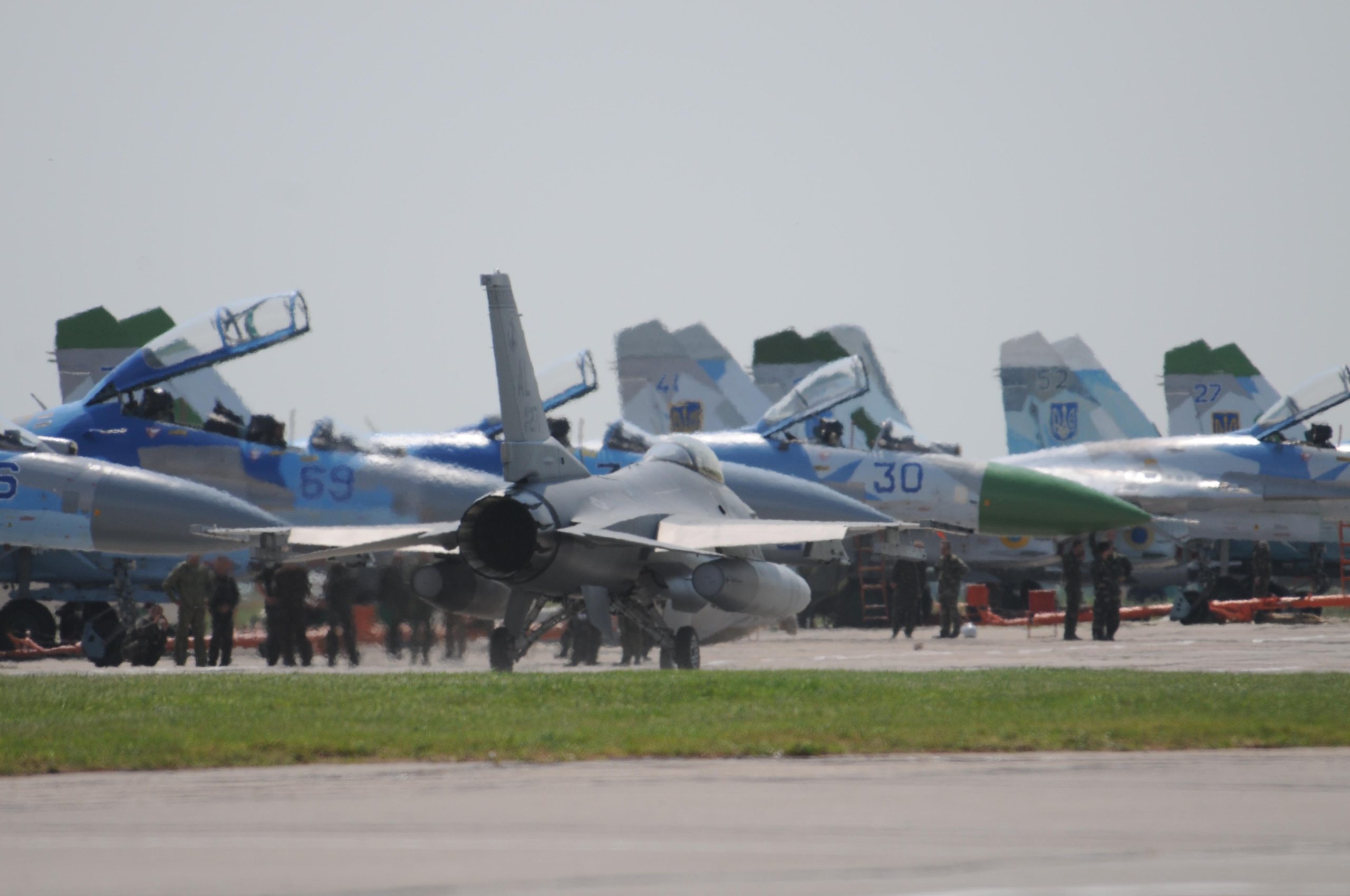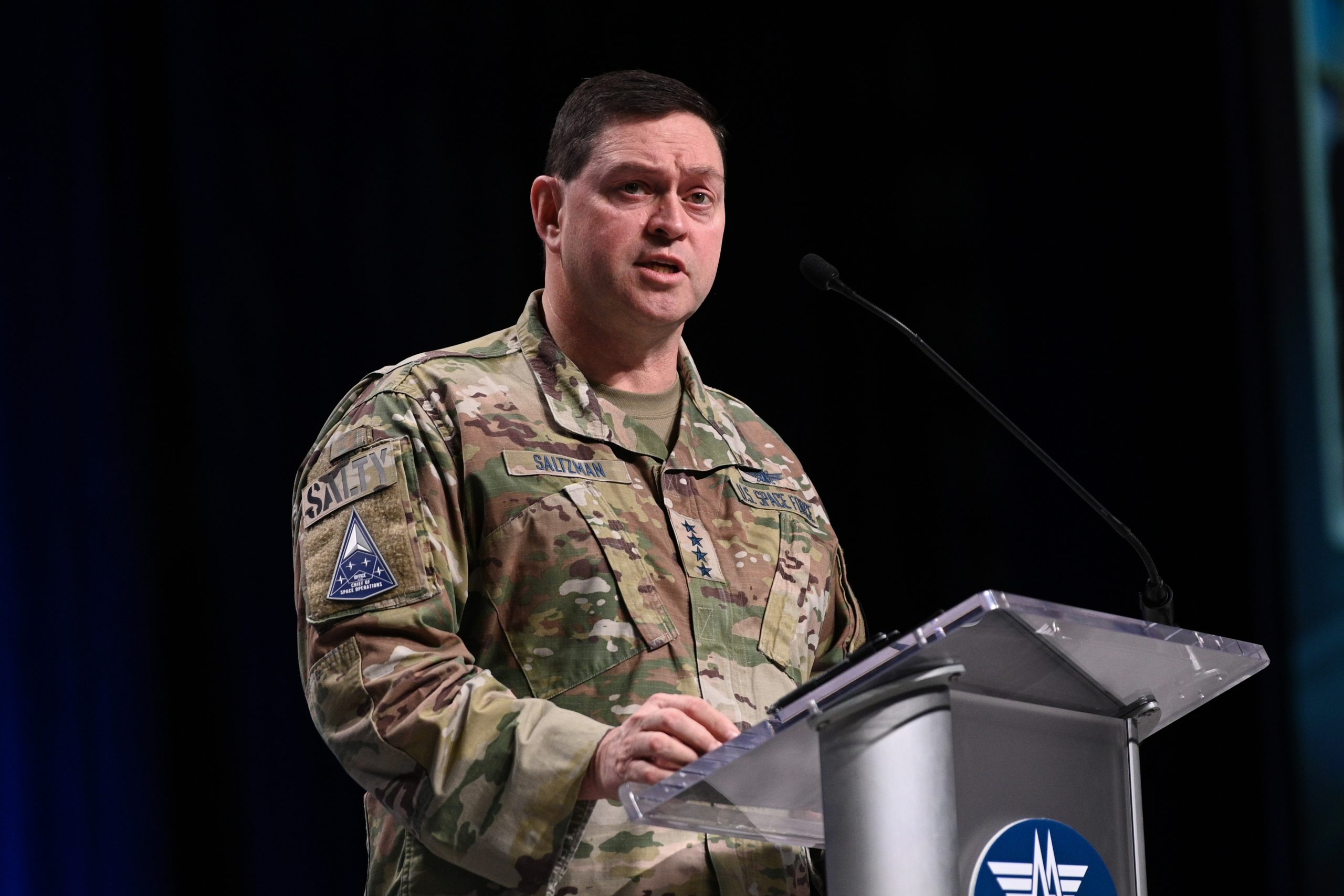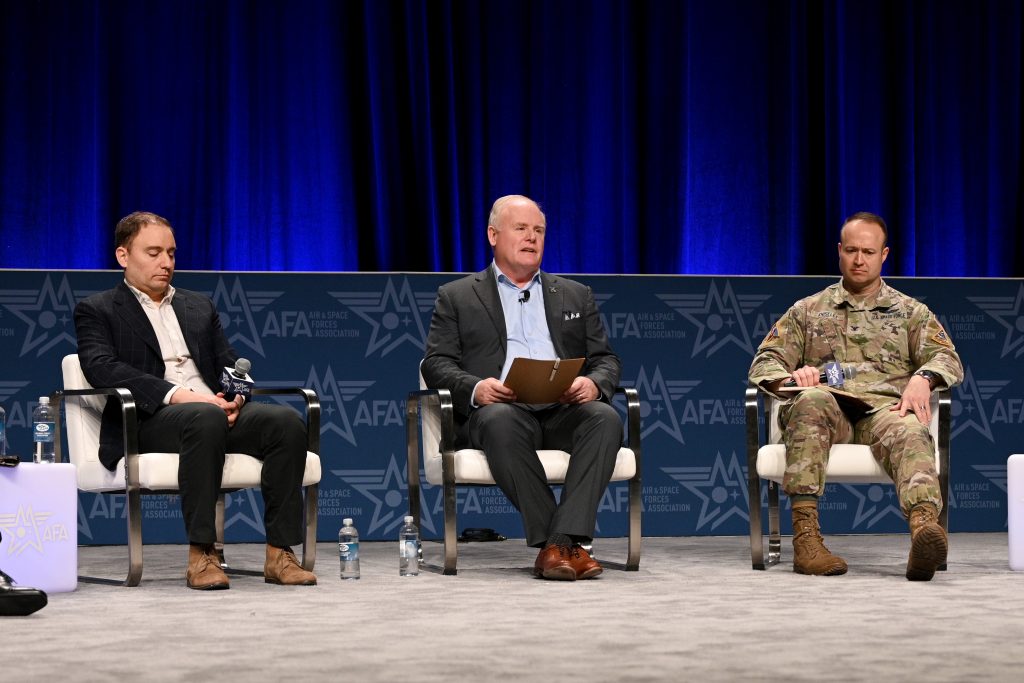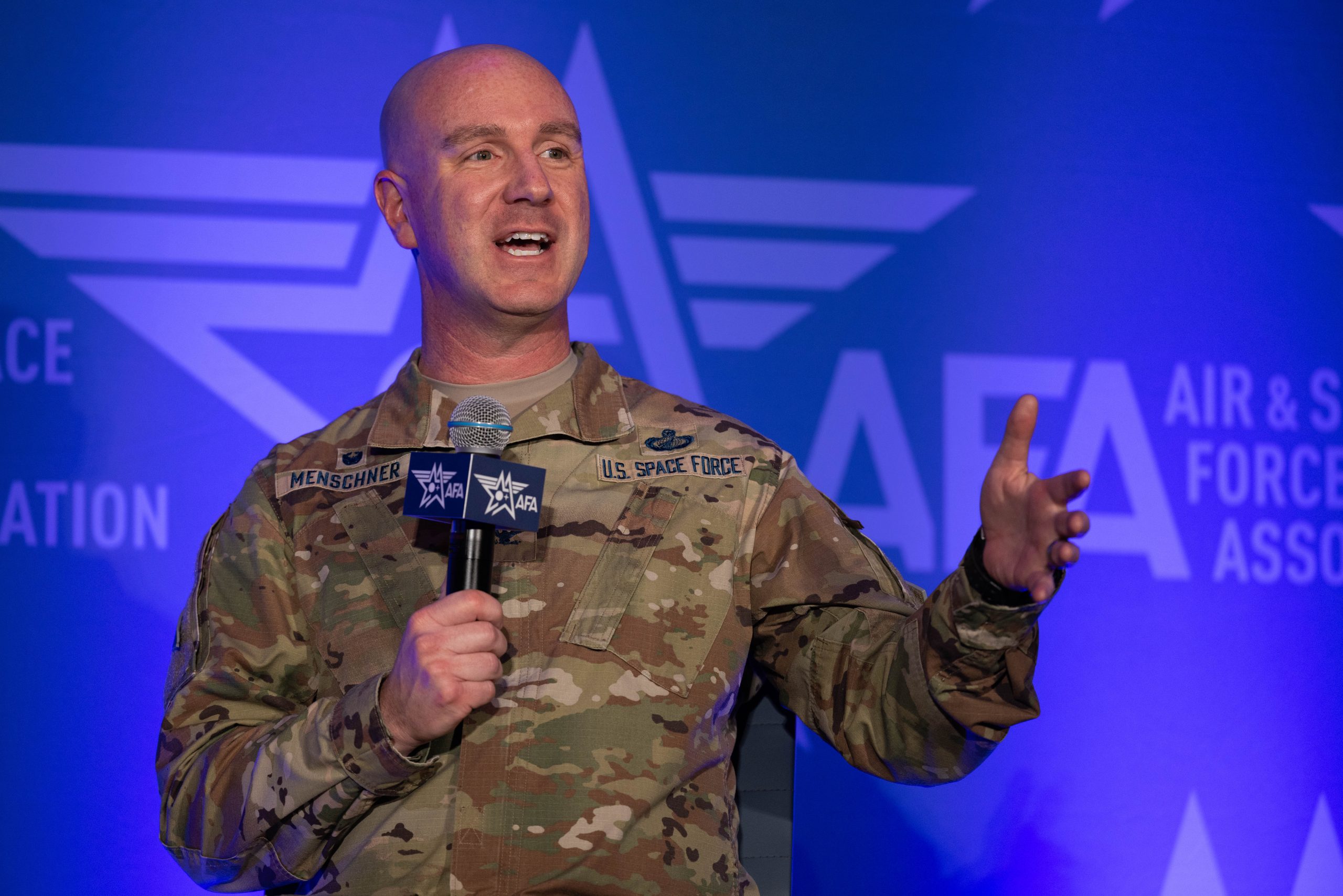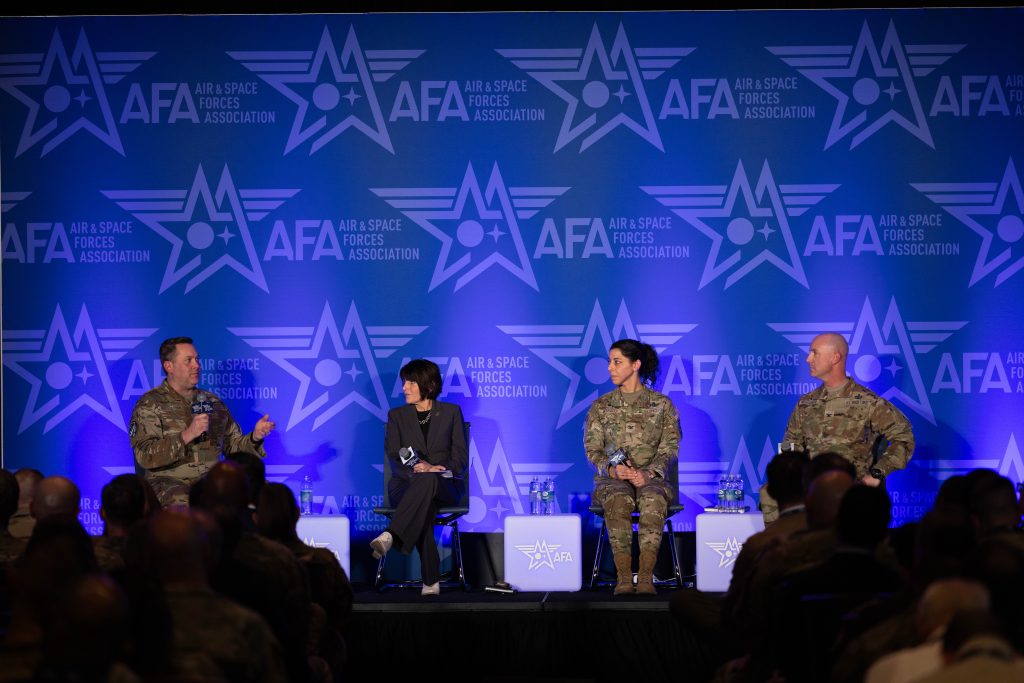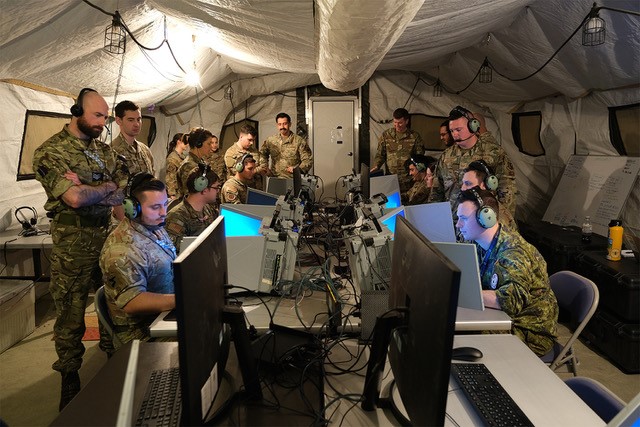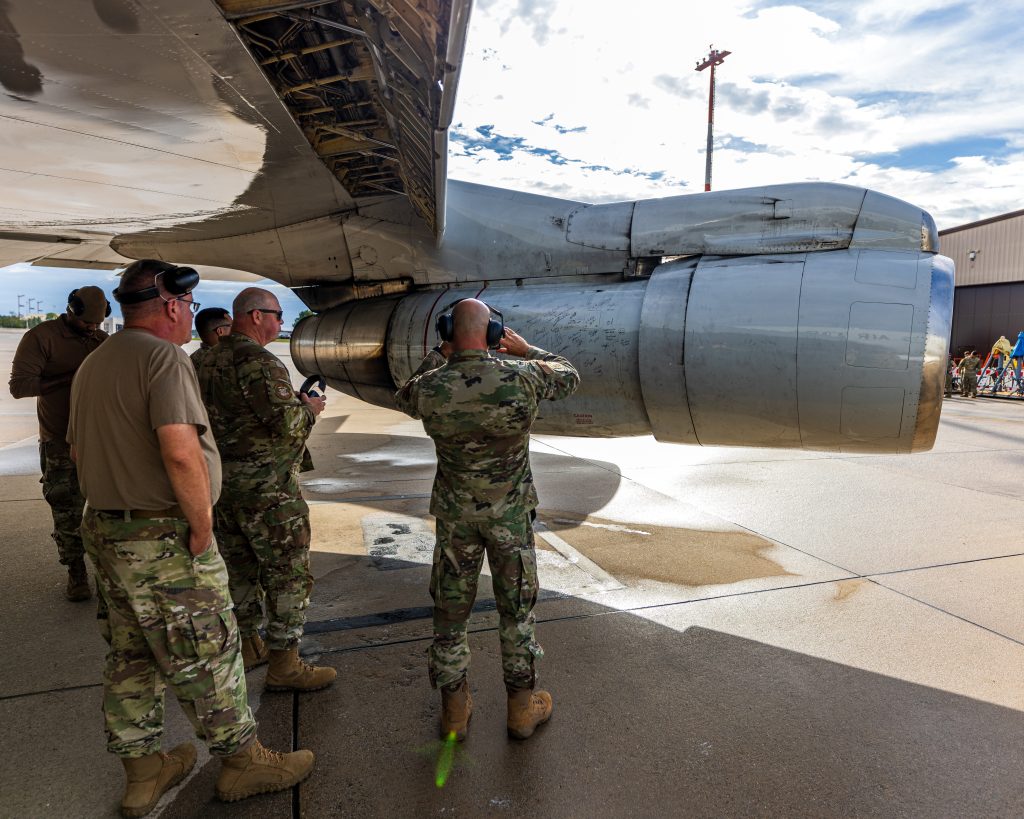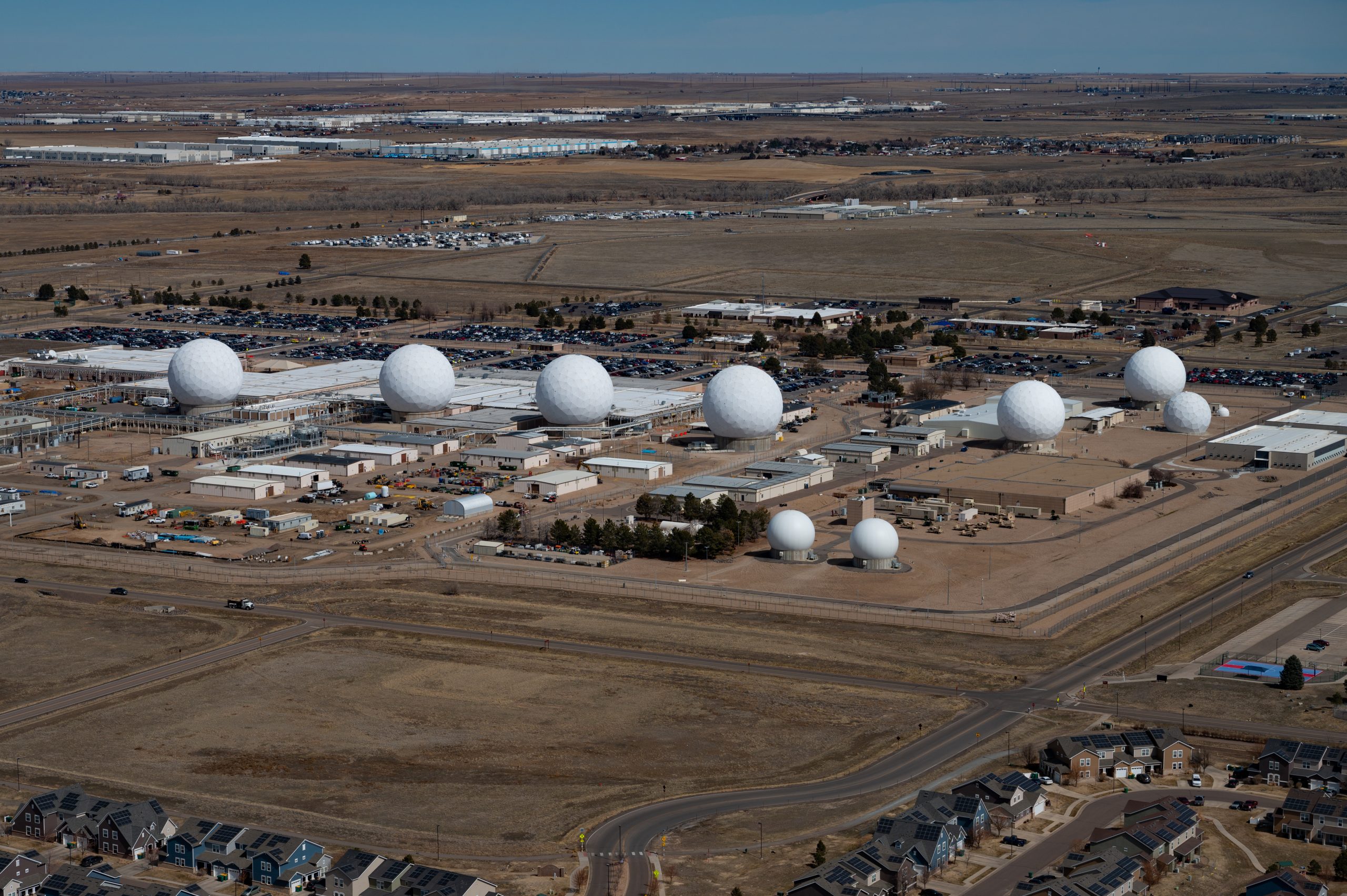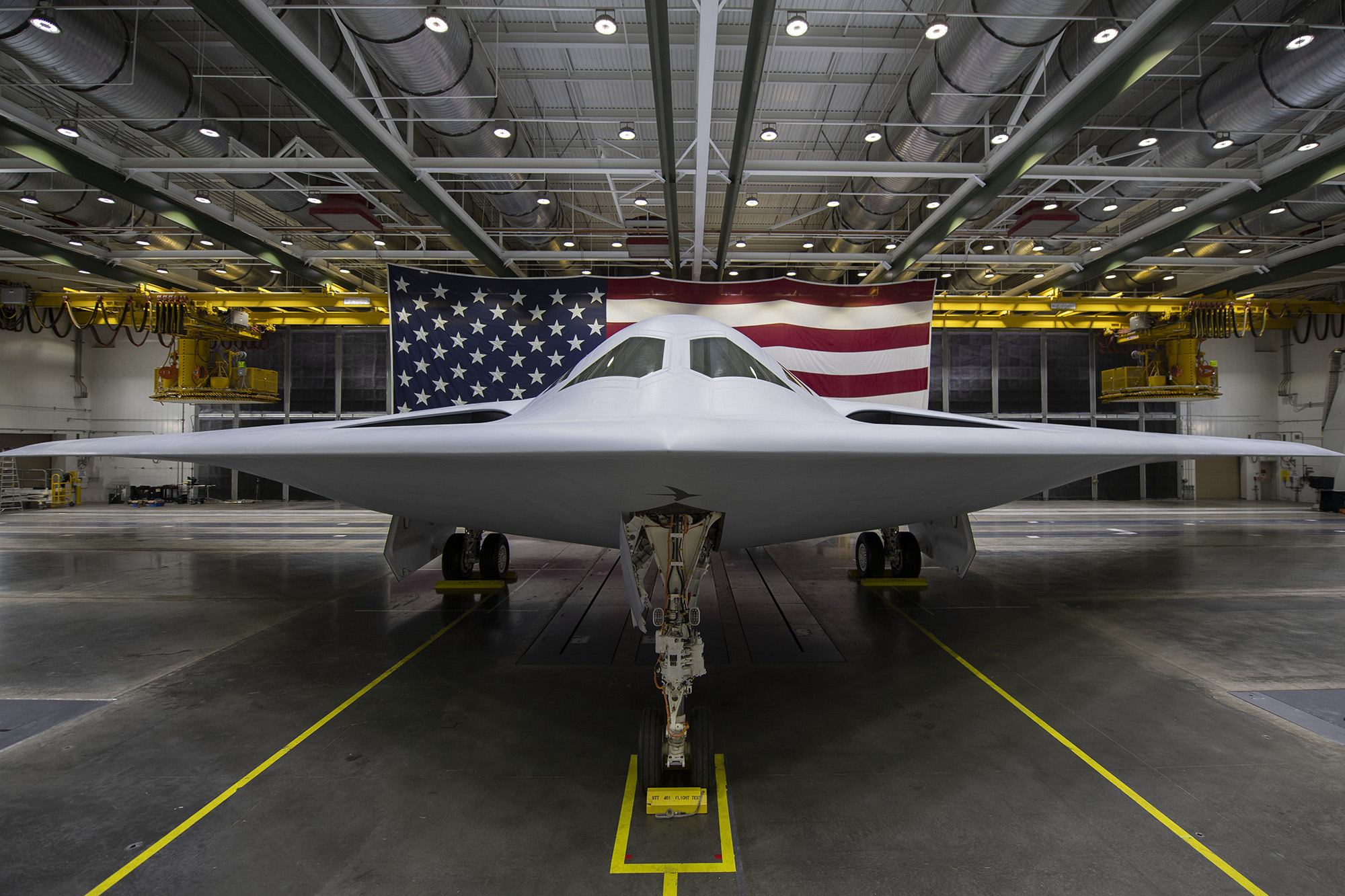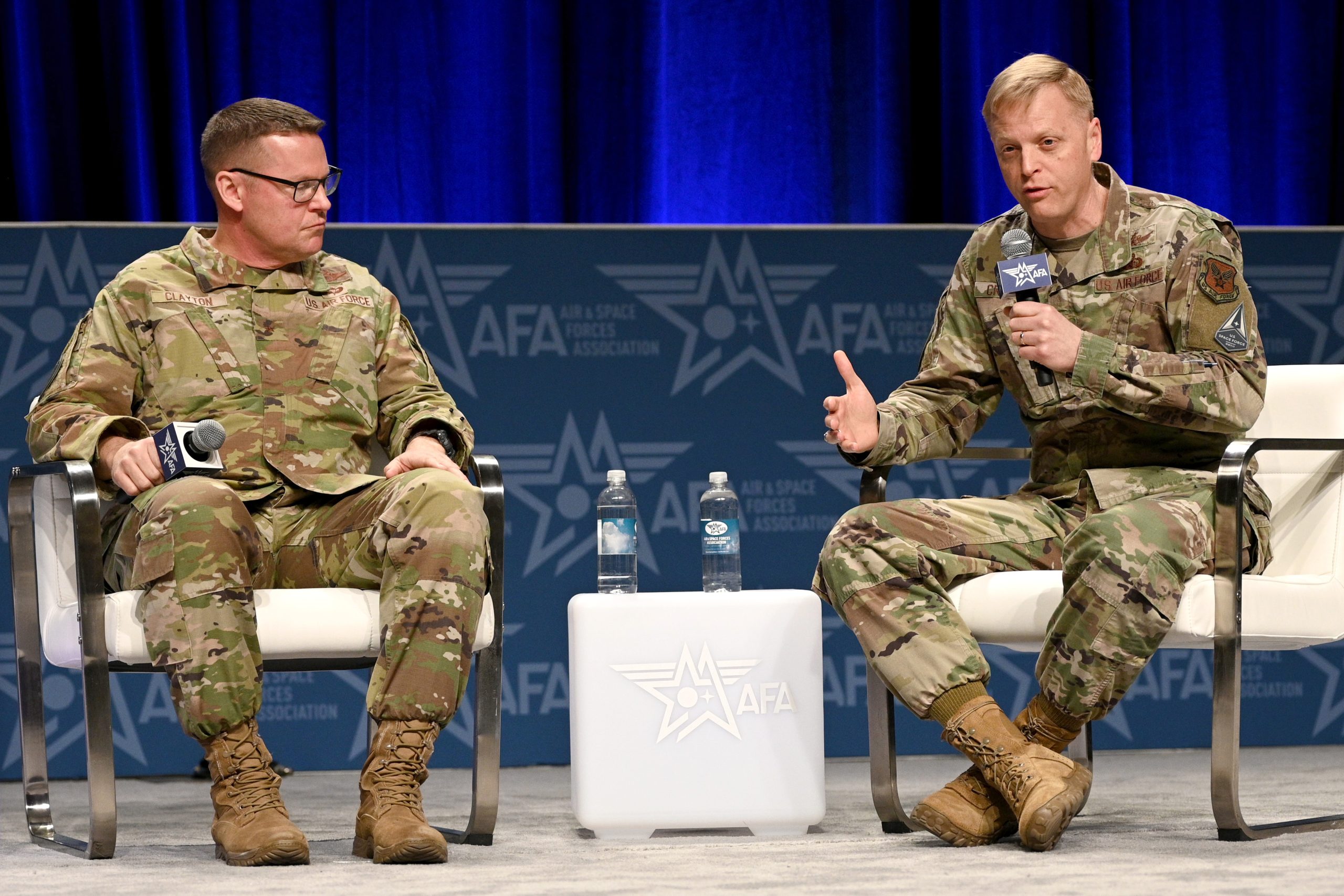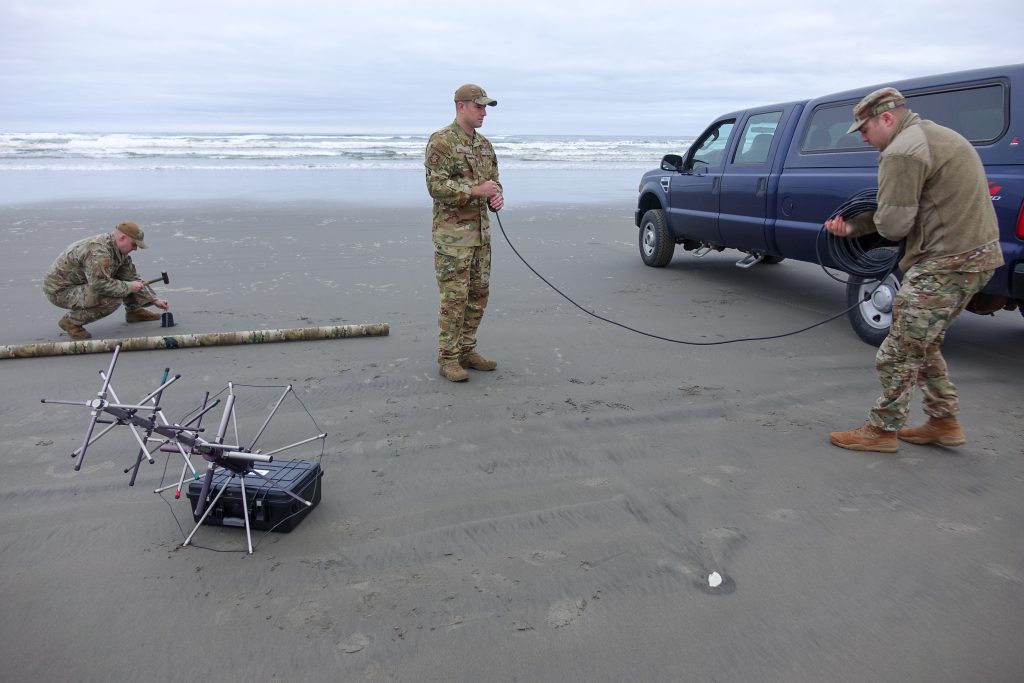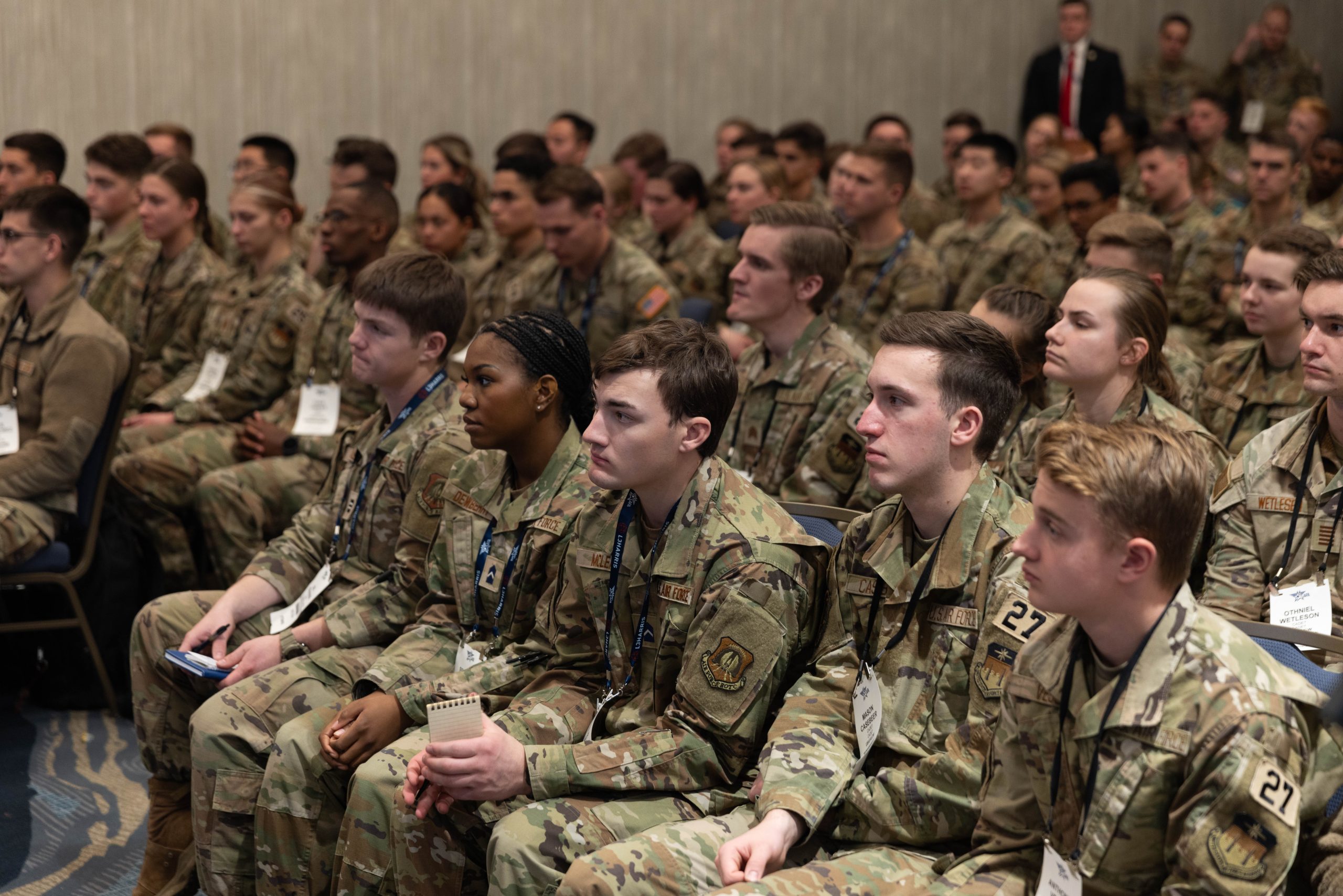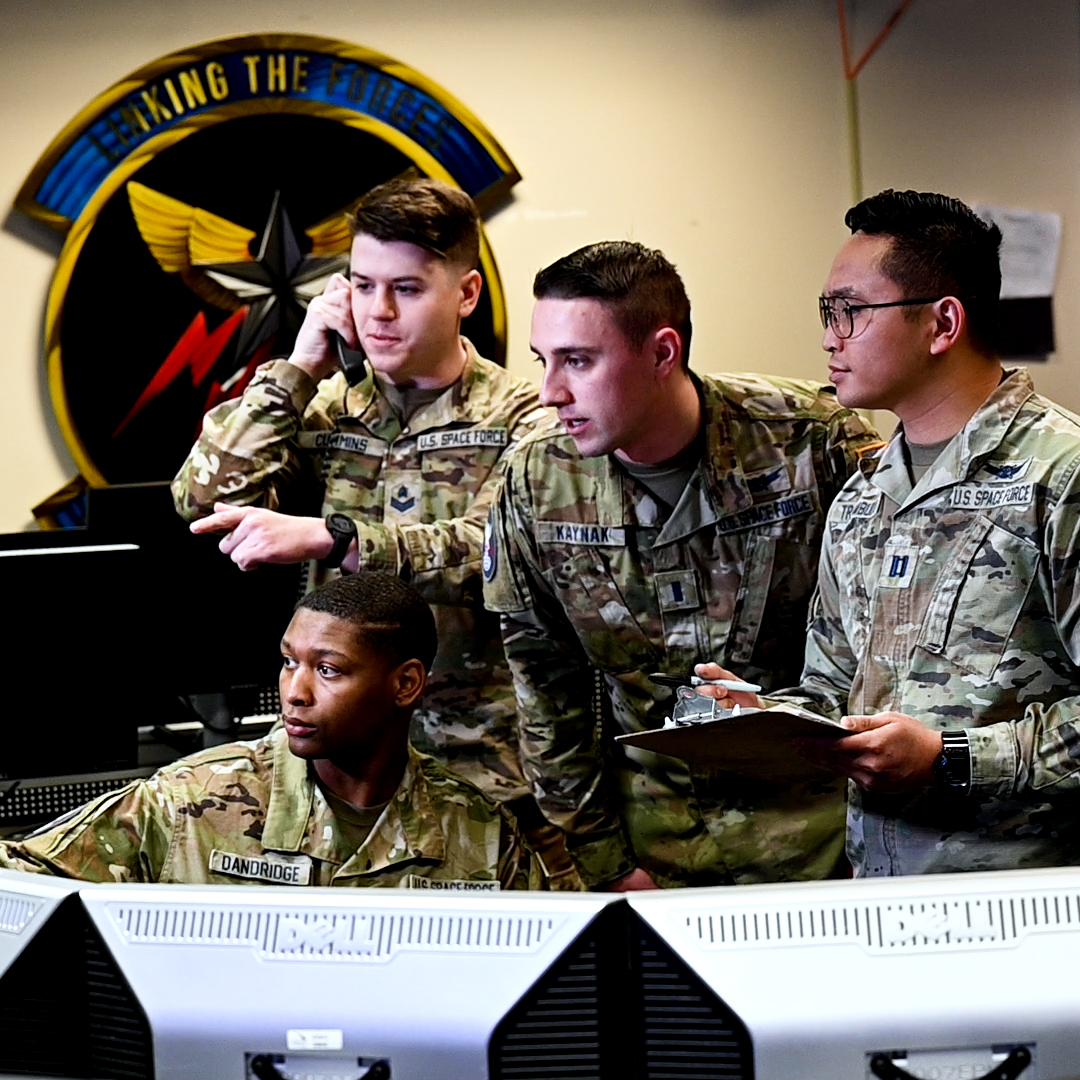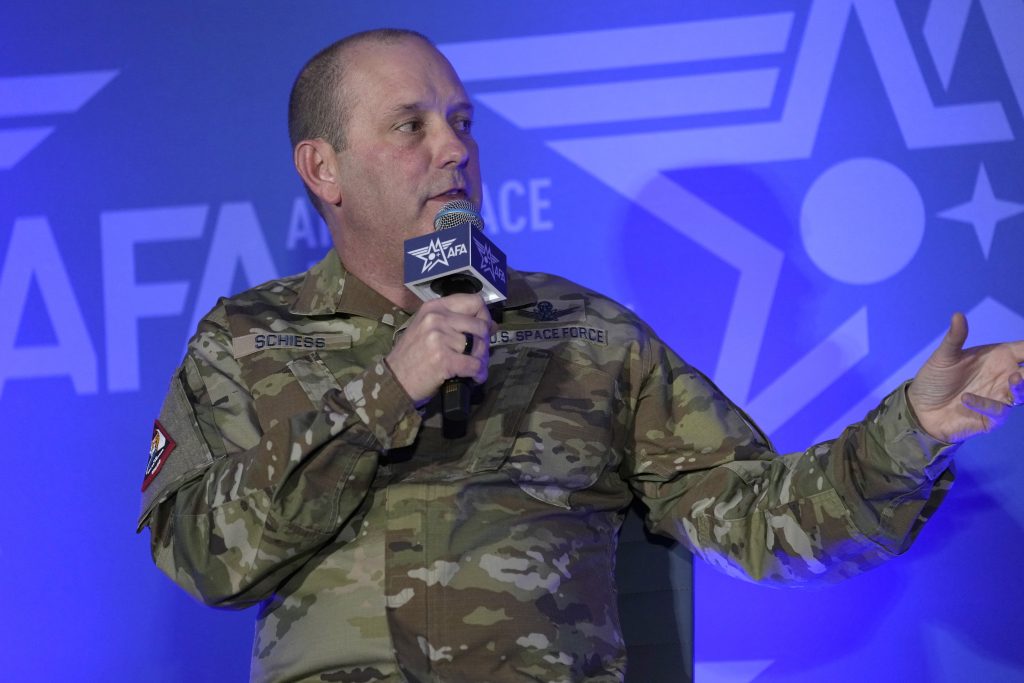The U.S. plans to train 12 Ukrainian pilots to fly F-16s this fiscal year, said a National Guard official, providing new details about the high-profile program.
Eight of those pilots are currently undergoing training, Air National Guard officials say. Four more are also set to be trained before the end of fiscal 2024, Capt. Erin Hannigan of the Arizona National Guard added.
Ukraine has long appealed for F-16s to augment its small fleet of Soviet-era planes as it strives to hold the line against Russian forces in what has become a bloody war of attrition. The U.S.-made planes would be superior to the aircraft the Ukrainians have been flying and would also enable Ukraine’s air force to employ Western-supplied munitions more efficiently, U.S. officials say.
Last year, the U.S. and western European nations began parallel programs to train pilots and maintainers, which is being coordinated by an air force capability coalition that Denmark, the Netherlands, and the United States are co-chairing.
“It is very much a standardized training program that multiple countries are participating in to include the United States with training here in the United States, and English language training that precedes the tactical training,” a senior defense official said Feb. 16.
The U.S. and its European allies have yet to spell out when all of the planes would be deployed in Ukraine and the total number of pilots that will be trained. The U.S. and its allies also have not provided plans on what munitions the F-16s would employ.
The 162nd Wing of the Arizona Air National Guard is providing the pilot training in the U.S.
“The training is going great,” Air National Guard Director Lt. Gen. Michael A. Loh told Air & Space Forces Magazine in an interview at the AFA Warfare Symposium. “They’re flying F-16s solo every day.”
At first, four Ukrainian pilots were being trained. But then a new batch of four pilots arrived in late January. Funding to train up to 12 pilots remains despite a $95 billion defense supplemental bill with funds for military aid to Ukraine that remains stalled in Congress, Hannigan said, as the money for the tuition-based F-16 training was already allocated.
The pilot training is expected to be completed between May and August, Hannigan said. That is longer timeframe than the Pentagon and the Air National Guard initially suggested in the fall when the first pilots began training in October.
“We have to provide a fully capable combat operator,” Loh explained in a media roundtable. “We’re thinking more long term, so some of the requirements on them has shifted, and so that has necessitated a little bit longer [timeframe]. They’re all going through right now, and everything’s good on that point.”
The U.S. is also training dozens of maintainers, but they are still going through English language training in San Antonio, Texas. “Maintenance training location is still being determined but will not occur at the 162nd Wing,” Hannigan said.
The U.S. has the potential to train still more pilots and trainers if the Biden administration decides to expand the effort.
“Obviously, if that’s going to grow, or we’re going to continue that we’ll need to make sure that we have the resources to support that,” Chief of the National Guard Bureau Gen. Daniel R. Hokanson told Air & Space Forces Magazine in a Feb. 15 interview.
